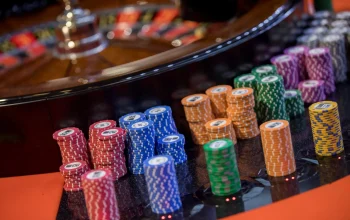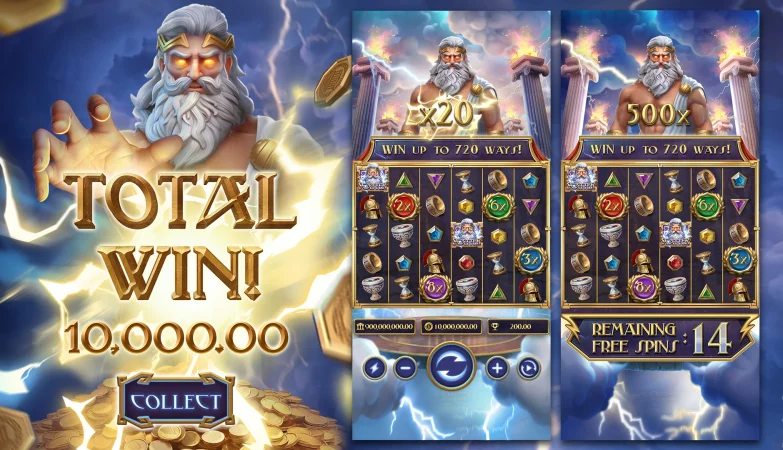Card games represent an extraordinary design challenge, being both complex in their mechanics and often needing extensive testing in order to find their balance.
Good card game art goes beyond simply looking great; it also helps immerse the player into the world of the game, creating a stronger sense of player engagement and making gameplay more enjoyable.
Game mechanics
Though many card game designers focus on creating exciting themes and stories behind their games, mechanics play an equally essential role. These rules and conditions are what makes games enjoyable to play.
An often-made mistake when trying to create too much interaction in a game is creating too much interaction, leading to something that feels overly complex and hard to learn. Instead, spread its complexity across multiple cards which interact in different ways with one another.
As part of your card game design, make sure you conduct testing with the demographic you’re targeting. Testing can help identify what elements don’t work as planned and why, while providing feedback on what works or doesn’t. As well, testing may allow for improvements by making changes according to what works and doesn’t.
Keep careful records of observations and player opinions when working to balance your game, particularly when working towards its balancing. Doing this is critical as it could prevent missing an error that’s crucial to its proper running.
Artwork
Step five in card game design involves putting everything together – often an intimidating task requiring transferring spreadsheet data onto individual card artboards and making sure the artwork fits within standard playing card sizes to fit into sleeves.
Important factors to keep in mind when taking this approach include:
– Make sure that the name and effects of the card are easily discernible – never allowed to become obscured by other elements on its surface.
– Use shapes rather than detailed icons to convey information, which improves readability from a distance. Also keep in mind the small size of cards and minimize detail as much as possible to save artists time while creating more compelling imagery.
Implementing the appropriate design functions into your card game can transform it from prototype to finished product, while simultaneously taking into consideration how the game will be presented and experienced by its intended target market.
Theme
Card game designers spend much time considering game mechanics and rules when designing card games, yet must also acknowledge that its overall theme is equally as essential to its success. A theme encompasses everything from its setting (such as Century: Spice Road’s historical spice trading theme) to characters (such as Rising Sun’s fantasy war theme). Both these examples of great themes make up fantastic card game experiences!
One of the traps new designers often fall into is creating card games with too much complexity. While gamers typically appreciate challenging titles, it can easily become overcomplicated.
Use of spreadsheets when developing a prototype is crucial in keeping projects on schedule and properly recording all information. Spreadsheets also make changes easier based on testing or player feedback – an integral step to turning an idea into reality.
Layout
Once you have an idea for a card game, the next step should be deciding its layout. Whether your game will be a trading card game (TCG) or strategy card game, many factors need to be taken into account before selecting an aesthetic that ties back to its theme and stands out among similar offerings.
Researching existing card games and gathering feedback about what people like about them is the ideal way to determine which features should be included and which should be left out of your game.
One common misstep made by card game designers is creating rules which are too complicated. While complexity should not overshadow fun, which is why testing your game with different demographics and taking their feedback seriously will allow you to refine its design even further and improve it further.









